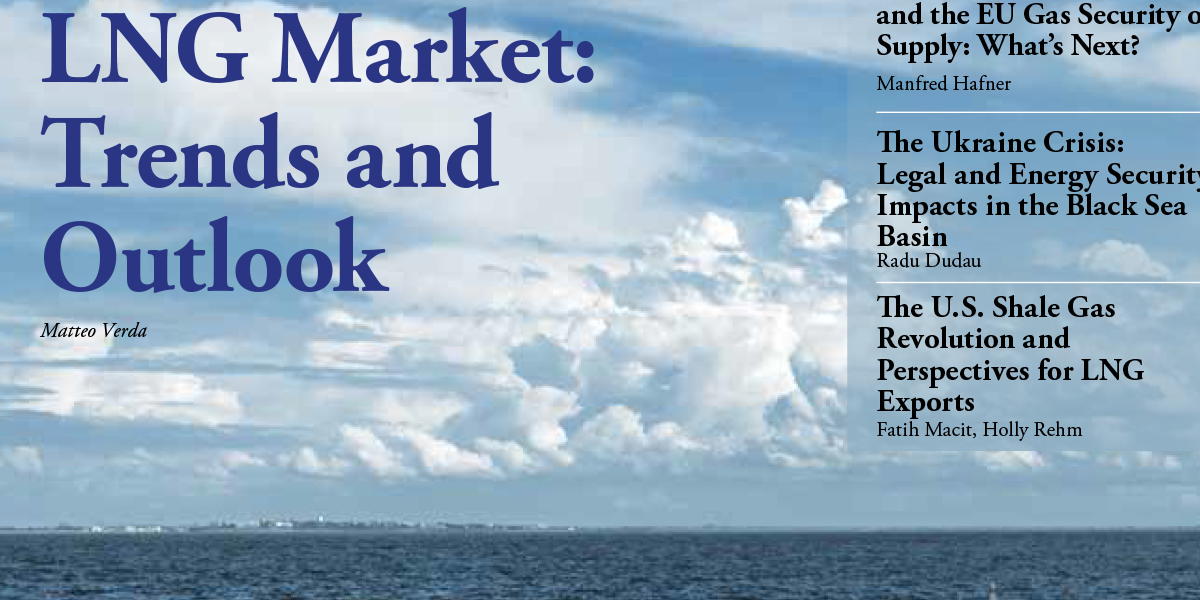
Matteo Verda, Senior Fellow at ISPI, has recently published a report on the future trends for the LNG Markets worldwide on the Caspian Report.
In his work, Dr. Verda states that natural gas international markets are constantly growing. Despite the ongoing crisis, Europe is increasing its dependence on imports, while emerging economies in Asia face the daunting task of fuelling their economic growth.
Traditionally, natural gas is imported via pipeline: a long chain of steel pipes, linking a producing region in one country to the domestic network of another one. This is the method of choice for transporting large quantities of gas at the regional level: it is technologically easy and economically competitive. As a consequence, it accounts for nearly three quarters of the international market.
Pipeline transport entails two main limitations; the first is the dramatic increase in cost for long distances, especially when offshore sections are required. Over a few thousand kilometres, the feasibility of the pipeline is uncertain or indeed entirely precluded. Another limit is represented by the strong interdependence between exporter and importer that a pipeline entails: in the case of a problem upstream, the consumer cannot use the pipeline to import gas from other sources. The corollary of that is that if the importing market cannot absorb all the volumes exported by the pipeline, the exporting country is forced to reduce its production. Those limits also play a central role in explaining why natural gas markets never evolved into a fully global market. Liquefied natural gas (LNG) offers an alternative to piped gas whereby this evolution could be possible. In this process, gas is cooled to approximately −162°C at atmospheric pressure, becoming a fluid which can be transported by special tankers. LNG trade requires special terminals for liquefaction and regasification processes. The infrastructure is very expensive; export terminals, notably, can easily cost over 10 billion dollars per unit. However, once online, those terminals can supply natural gas to virtually any regasification terminal in the world, creating the technological conditions for a global market.Full report is available here.
 IT
IT  en
en

